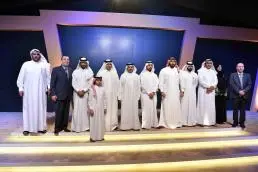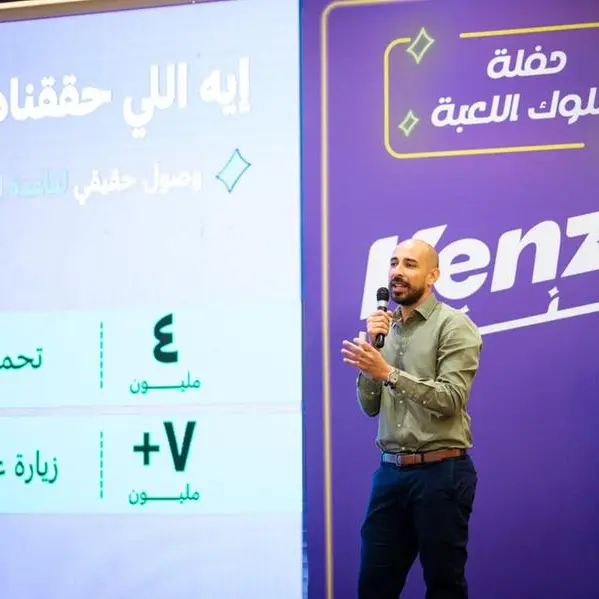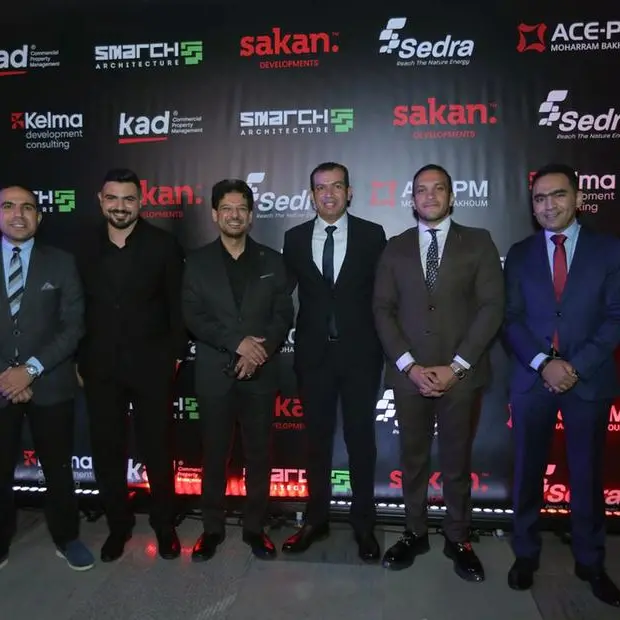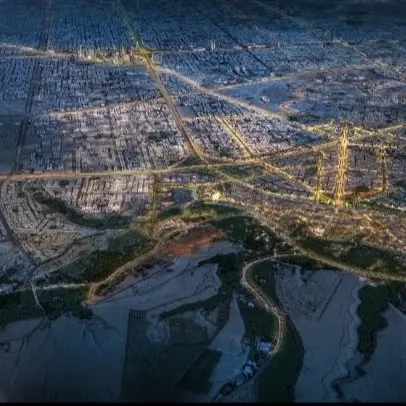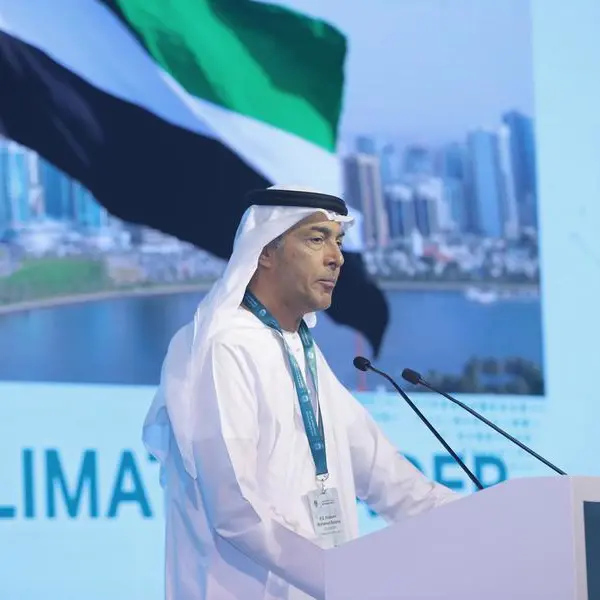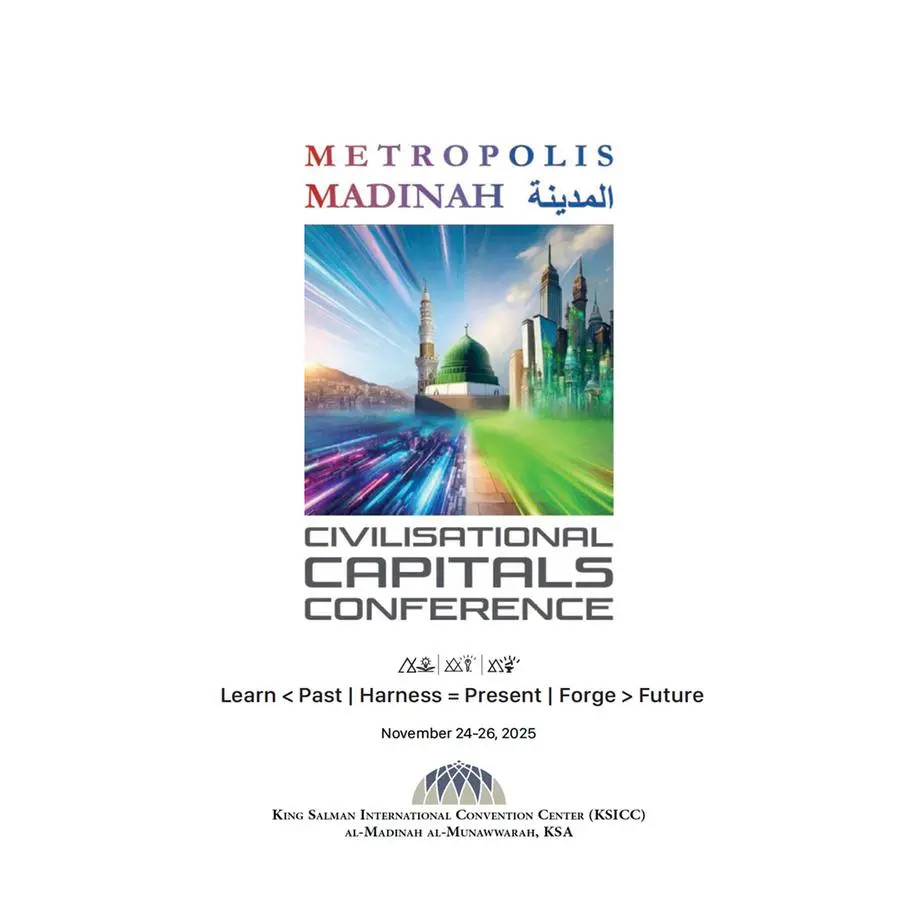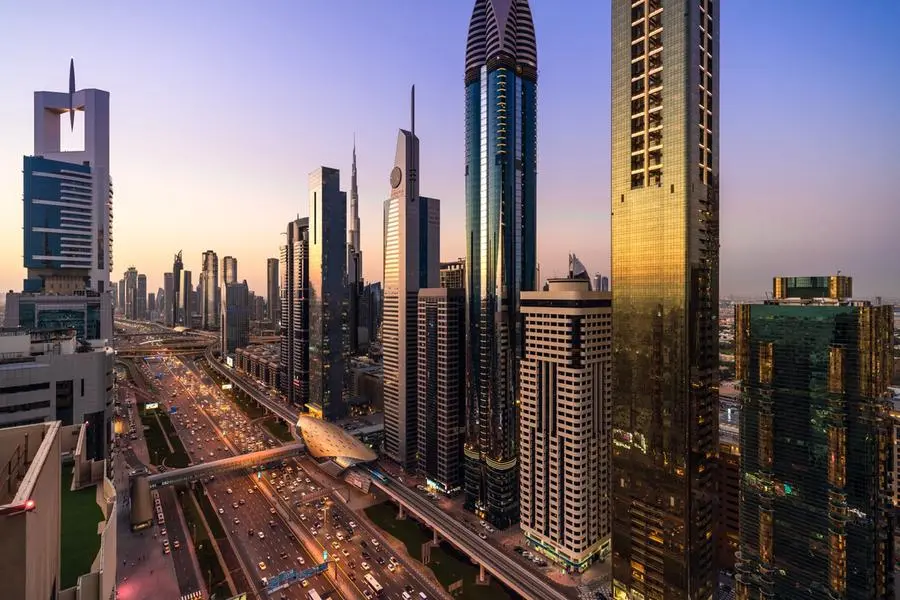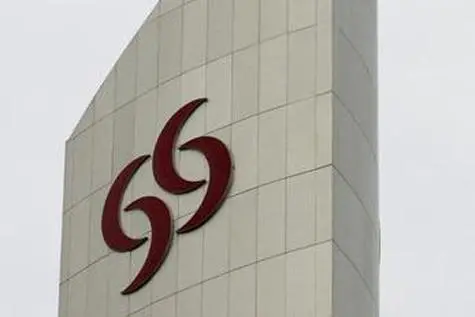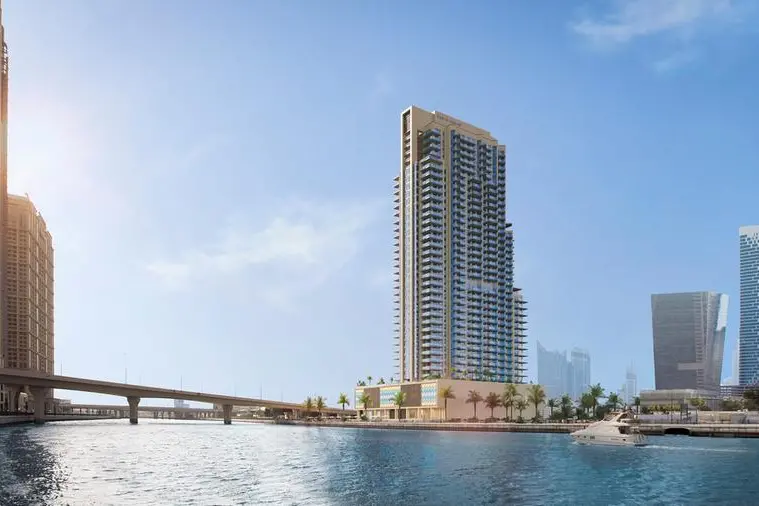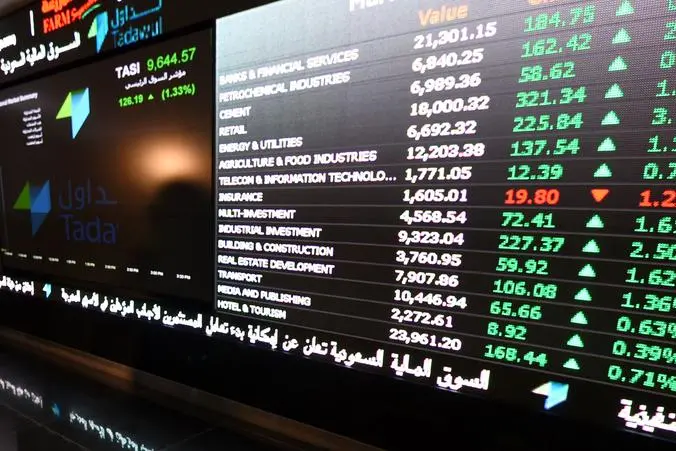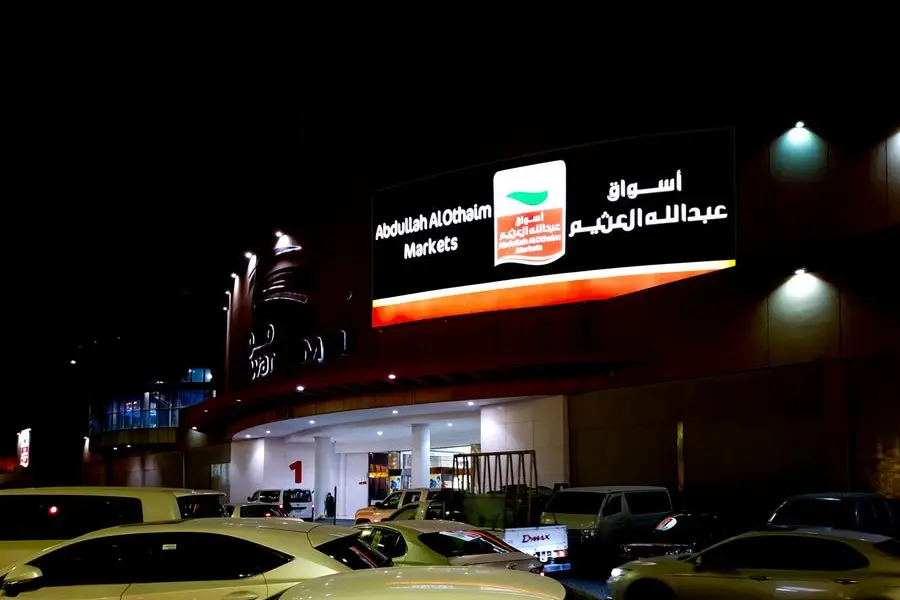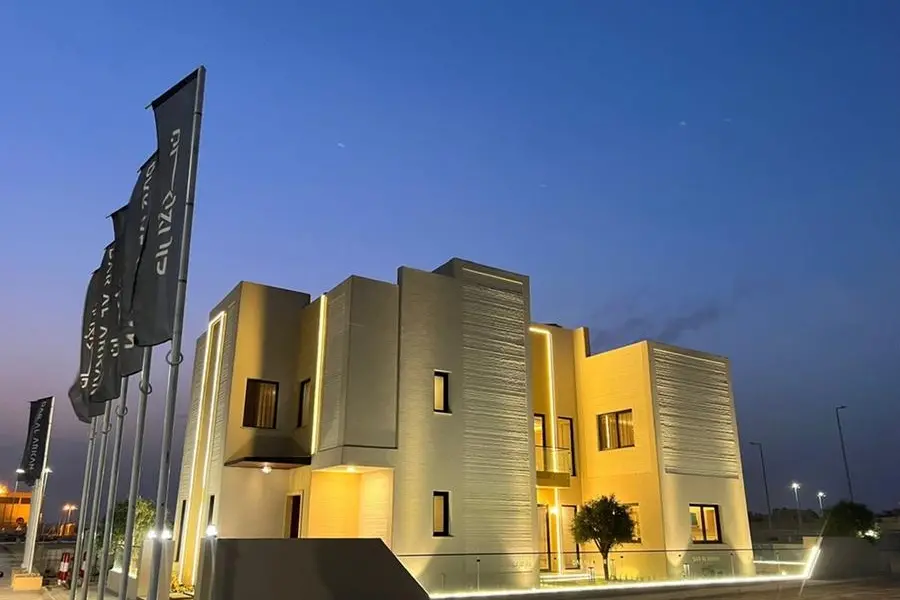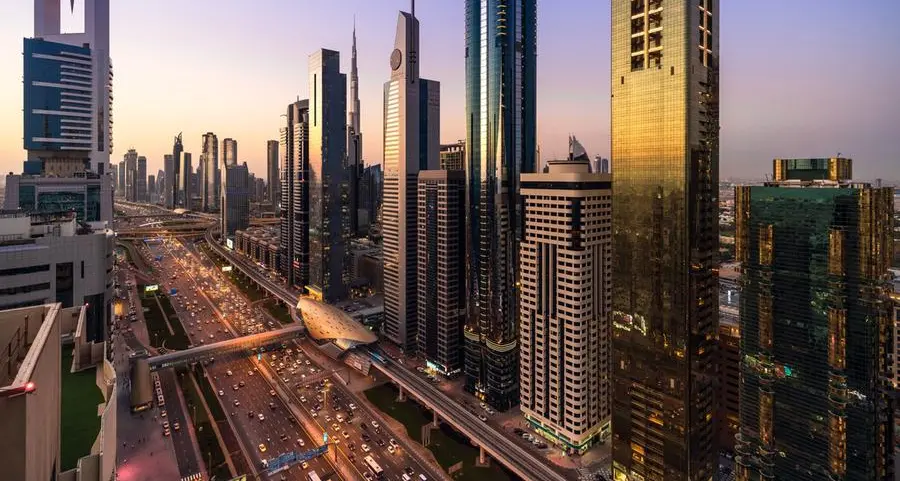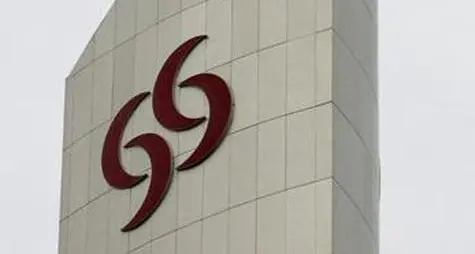PHOTO
Qatar Primary Materials Company (QPMC) marks the official inauguration and operation of the Bulk Materials Handling System (BMHS)
Mesaieed Port - Doha, Qatar: Qatar Primary Materials Company (QPMC) celebrated on December 8, 2016 the inauguration of the Qatar-owned Bulk Materials Handling System (BMHS) which has been successfully developed under the supervision and management of QPMC.
As the Middle East’s first and one of the world’s longest belt conveyor systems, BMHS boasts high levels of efficiency and handling capacity and is considered a multi-dimensional achievement for the State Qatar on the industrial, economic and social fronts. As such, the new system will help cater to Qatar’s growing demand for primary materials by major construction and infrastructural projects and in addition will pave the way for mutual synergies with private sector companies leading to their growth.
The inaugural ceremony took place at Mesaieed Port under the patronage and attendance of HE the Prime Minister and Minister of Interior Sheikh Abdullah bin Nasser bin Khalifa Al-Thani, and in the presence of HH Sheikh Mohammed bin Hamad bin Mohammed Al Sharqi, Crown Prince of Fujairah, QPMC Chairman Engineer Abdel Aziz Al-Ansari and Chief Executive Officer, Eisa Al-Hammadi, QPMC board members and a plethora of Qatari ministers and dignitaries in addition to representatives from the BMHS operating company and CEOs from various governmental and private sector organizations.
The ceremony began with the arrival of the patron of celebration HE Sheikh Abdullah bin Nasser bin Khalifa Al-Thani who recited a verse from the Quran as part of his inspiring opening message.
In his speech, QPMC Chairman Abdel Aziz Al- Ansari welcomed attendees and dignitaries while saluting QPMC employees for their remarkable efforts and sacrifices over the past three years in order to bring the BMHS project to fruition. He said: “The conveyor belts and suite of comprehensive services availed by the BMHS to the industrial, service and economic sectors, will be the first in the Middle East region, and the sixth globally in terms of efficiency and capacity”.
Before the inauguration and operation of the conveyor belts, QPMC broadcasted a short documentary screening and showcasing the BMHS performance, efficiency and capacity.
The inauguration was concluded by a site visit to the BMHS plant. The site tour was headed by HE Sheikh Abdullah bin Nasser bin Khalifa Al-Thani, and led by QPMC senior representatives Engineers Al-Ansari and Al-Hammadi. The convoy toured the various facilities of the conveyor belts that stretch from the sea and docks of the Mesaieed port up to the storage area at a distance of 4.8 kilometers.
QPMC Chief Executive Officer, Engineer Eisa Al-Hammadi, addressed the media during the inauguration’s press conference. He stated: “The launch and operation of the Bulk Material Handling System, is certain to bring various industrial, economic and environmental benefits to major construction and infrastructure development projects in Qatar. The BHMS is therefore an added value and a national showcase for the State of Qatar which has successfully accomplished one of the largest mega-scale Bulk Materials Handling Systems in the Middle East and one of the largest BMHS globally; in terms of efficiency, capacity and energy. Other benefits include upholding environmental protection and public safety while streamlining transportation of primary materials."/
For more information:
Loucia Isaac Seropian
Communications Advisor
QPMC
Mobile: 0097455005785
BMHS - Facts and Figures
· The conveyor belts stretch over 4.8 kilometers, from Gabbro Berths at Mesaieed Port, to the storage regions.
· The conveyor belts operate at a speed of 3 meters per second, so the travel distance to the designated storage space will be made within 25 minutes.
· The BMHS increases the unloading operation of 6 cranes, 4 conveyor belts (including 2 truck dump stations), 6 fillers and distributors (stackers), storage space of 12 longitudinal storage capacity, 11 power stations (2 primary stations of 33 kV in addition to 5 existing secondary substations of 11 kV), gabbro vehicles (trucks) unloading station from Berth 1 and the Return Quay, the latest management and operating systems OMS, building control 2 and some other buildings.
BMHS - Industrial Goals
· Responding to the needs of major projects including those related to infrastructure and construction, thanks to BMHS’s smart and efficient design as well as its large capacity and size.
· Increasing the handling capacity of Berths 2 and 3 at Mesaieed Port to cover 30 million tons per annum, instead of 16.5 million tons, an increase of over 81%.
· Allocating auxiliary berths for the handling of other primary materials.
· Increasing the overall capacity of the port to 37 million tons per annum, instead of 22 million tons, an increase of over 68%.
· Preserving a strategic stockpile of high quality materials, for current and future projects in Qatar.
· Reducing vessels’ waiting duration and length.
BMHS - Economic Goals
· Supporting the requirements of the 2022 FIFA World Cup in Qatar in line with the 2030 Qatar National Vision.
· Stabilizing prices of primary materials.
· Diversifying revenue streams in favor of Qatar’s national economy, by providing requirements of big projects.
· Saving time, effort and cost of other stages of unloading, handling, transportation and storage operations, thus contributing to the doubling of revenues.
· Serving the interests of investors in public and private sectors, contractors and importers of construction materials.
BMHS - Environmental Goals
· Providing a world-class solution that helps reduce dust emission.
· Implementing modern methods that help reduce harmful emissions by 78%.
· Establishing foundations for new national standards in the anti-dust field, as a best practice to be replicated by other big projects in Qatar.
· Enhancing the working environment by improving worker productivity and reducing workplace injuries.
· Limiting land transportation, therefore significantly raising the level of safety and decreasing the rate of road accidents and injuries.
For more information:
Loucia Isaac Seropian
Communications Advisor
QPMC
Mobile: 0097455005785
© Press Release 2016
